Korea has successfully “importing” their culture around the world through music, drama, film, fashion, beauty, and also food.
Fans of Korean food in Malaysia must be familiar with their dishes; rice, soup, or gravy. Well, these five quick introductions to Korean cuisine will give you all the basics you need.
1. Food is medicine
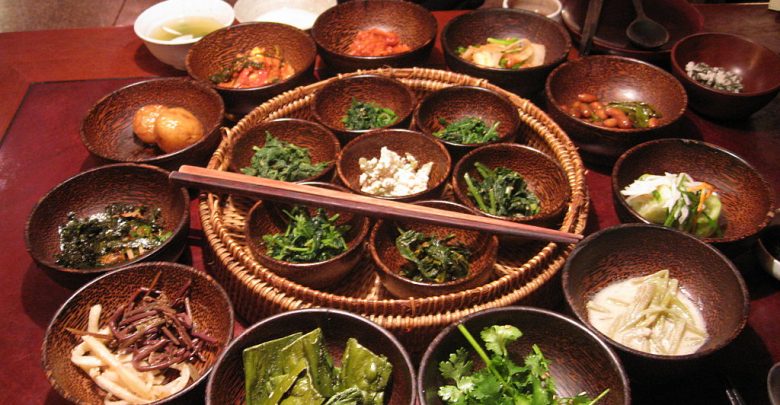
First, Koreans said food is medicine. They practice the slogan “You Are What You Eat”. For them, food is important for one’s physical and emotional well-being.
They believe that harmony can be achieved through a combination of different balanced materials such as the yin-yang aspect. Korean food is also one of the healthiest traditional dishes in the world due to the common use of natural ingredients, seasonal ingredients: tofu, taucu, chili, garlic, and spicy kimchi.
2. Rice is a good food

The second thing you need to know is that rice is good and nutritious food. Korean food is not complete without a bowl of steamed rice. This is a bowl of short starchier rice from the local version, with a sticky texture like glutinous rice. Sometimes beans, cereals, barley, and corn are added for conversion or made into JuK (porridge). Coarse brown rice is more popular in rural areas.
Waste rice is a taboo in their culture. So most Koreans feel responsible for consuming every grain of rice leftover. Water is sometimes poured over the rice crust at the bottom of the rice cooker and left to soak for a while before the crust is scraped to make a Sungyung. Every drop and last detail is fully utilized.
3.Served simultaneously
Korean food will be served simultaneously at one table. Unlike Western food that comes in separate in a variety of courses, Korean dining has all the different dishes served simultaneously. Everyone will have their own bowl of rice and soup. It is customary for five to 12 banchan dishes to be served in addition to main dishes such as meat, seafood, and tofu in the size of a family meal.
4.No broth and lots of banchan
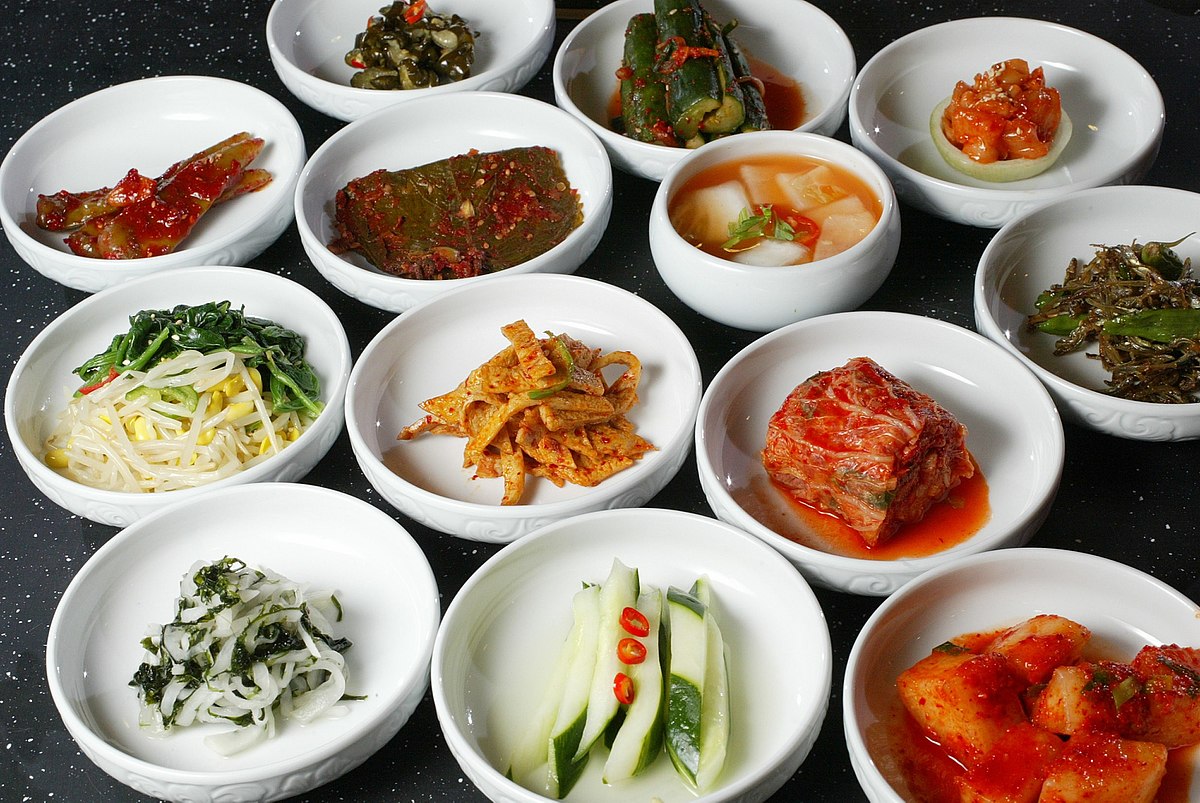
You also need to overcook gravy except for certain soups and stews, you will not find any dishes that are loaded with gravy in Korean cuisine. Although JuK (Korean porridge) tends to be cooked thick and viscous while jjigae (Korean stew) only has a small amount of liquid in it.
However, there are indeed many banchan dishes in every Korean dish, with five or more side dishes becoming the norm. Served in the middle of the table to share, the food set served consists of hundreds of different types. Apart from the famous kimchi, a large number of banchan are vegetable-based and cooked boiled in pots or fried in various sauces and spices.
5.Not sweet
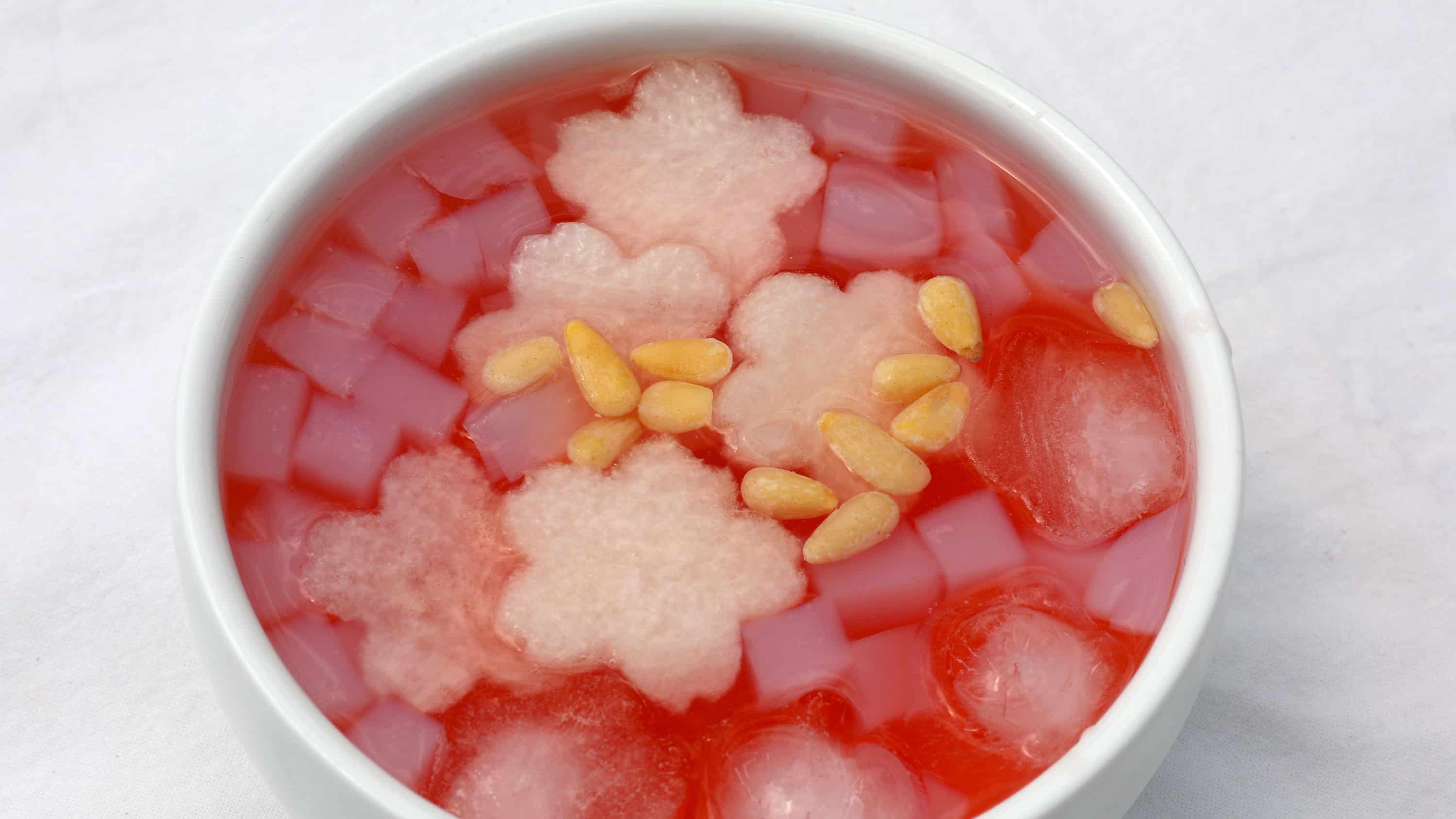
If Western food always ends with a dessert that tastes sweet, it is different from Korean dishes. Typically, Korean dishes are topped with green tea or refreshing beverages such as like (pounding rice), Hwachae (fruit pounding honey), and Ohmija (slightly sour raspberry tea flavor with pine nuts).
Sources: HungryGoWhere.com

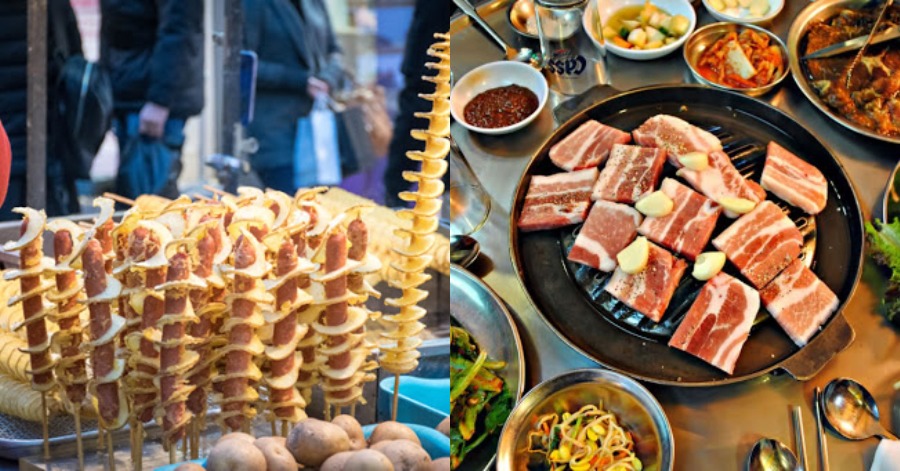





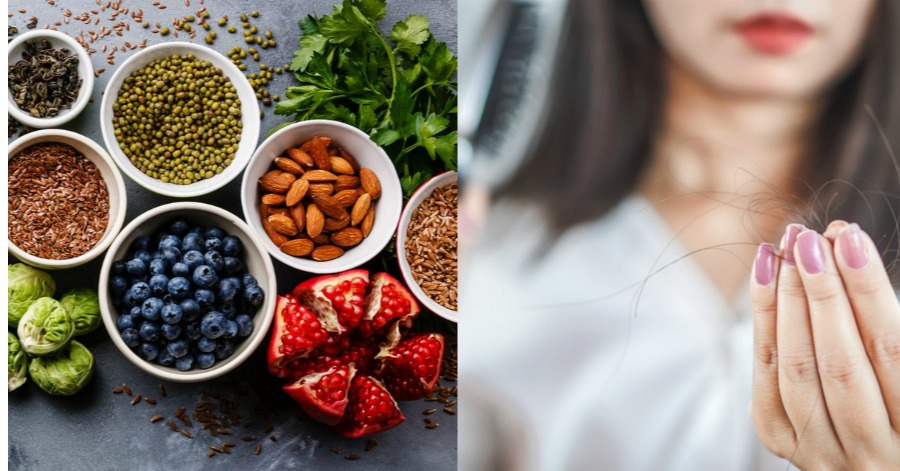

Leave a Comment